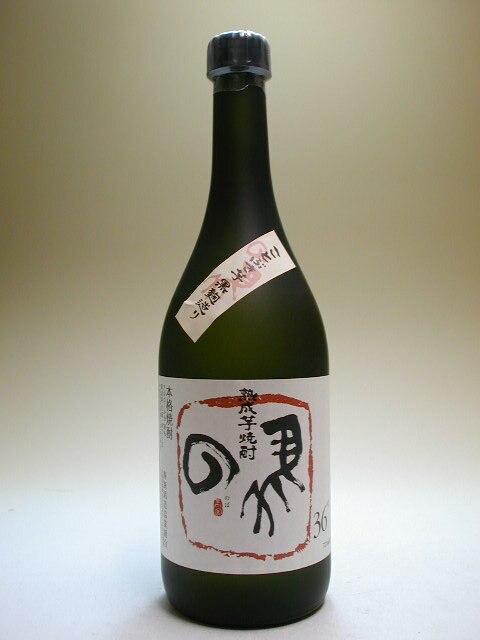Can anyone translate this? It’s on a Meiji era vase, and I’m guessing it’s very old Kanji, or just very old Chinese script. I don’t even know if I’ve got it in the right orientation. I can read some kanji, but this is out of my league. I’m thinking maybe the second symbol down on the left is the “sun” kanji.
Geez, that’s a tough one. It looks like it might possibly be very stylized seal script, which will probably stump 99% of native speakers even without the apparently cursive hand. Then again, those seals are just like signatures – they don’t have to be legible to serve their function.
Yes, that is what I was thinking. I guess it’s either someone’s name, or the shop where the piece was made or something along those lines. Looks like too many character’s to be the artist’s name, though. I doubt there are many people who would be able to read it, but I thought maybe someone might point me in the right direction.
I don’t think that’s necessarily true. Looks to me like the spacing is right for 4 or 5 characters – 2 on the right and 2 or 3 on the left, which wouldn’t be odd for a longish name.
What’s bothering me though, is the top left character, the one that looks like a line going back and forth. It’s almost too, what’s the word, geometric? Like a decorative pattern. It just doesn’t look like any characters I can think of.
Fly Pusher: Are you able to read modern Japanese and/or Chinese? I’m in no way fluent, although I know maybe 200 or 300 Kanji. So, I probably wouldn’t be able to read the whole thing even if it was modern Japanese.
I am fluent in Chinese, at least the simplified script. I can read traditional with some effort. I can sort of piece together some written Japanese from the kanji and katakana, but that’s about it.
My dad is fluent in both Chinese and Japanese though, and he used to carve seals as a hobby. I’ll ask him when I get the chance.
I like to look at old scripts for fun and see how they’ve morphed into today’s kanji, I just have an odd fascination for how languages and writing change over time.
That said, the only one I can make out is the circle with a line partly through it. I am willing to put money on saying that is the kanji for “sun” before it was changed to today’s present looking square with a line through it.
My Japanese wife took a look at it and can’t help much. She says it is just a “stamp,” possibly of the potter’s, or somebody’s name, but can’t decipher it.
Yeah, I said the same thing in the OP. I also think that the symbol on the upper right might be “river”.
I wasn’t actually thinking that anyone would be able to read it, but that maybe there was some site you could visit to look up these old stamps and find out what they mean.
Hmmm… I’ll e-mail my Japanese professor and see if she has any ideas. Like others have said, it’s definitely a stamp of some kind and it’s written in the ‘seal style’ (I took a class on Japanese linguistics last year and I’ve already forgotten the names for the 4 basic types of historical kanji scripts…blast it all!)
First, I can’t really make it out.
Second, I think it’s upside down.
Third, I can possibly make out 二日 at the start (or 日二 at the end, though that’s a much less likely combination.) I also think the last character may be a very stylized “horse”: 馬. Again, you need to turn it upside down. The line seems drawn on the wrong side of the four dots at the bottom, but it’s sometimes stylized that way. Compare with the label of this decent bottle of shochu:

I’d also vote that it’s upside down. Though I say that based on nothing more than gut instinct.
The lines on the “right” are all connected, so I’d also agree that it’s likely that there’s only one character on that side.
I rotated it 180 deg. The “horse” reading might very well be right. Thanks everyone.
By the way, I changed my mind, I think it’s more likely “bird”: 鳥. See examples of stylized and early forms:
http://nobunsha.jp/img/koukotsu.jpg (top left)
http://userdisk.webry.biglobe.ne.jp/006/413/80/1/11647201891579049.jpg (top right)
±x¶ØèiO[eBOXÖØèj (all pics)
The top part might suggest a character like “nightingale”: 鶯.
Furthermore, what I read as two may also be “over” 上 or “under” 下 as they were originally written as two parallel lines like that.
Actually, no, now that I checked, the whole left side is likely bird. See the character drawn that way:
http://www.gjart.cn/managegjart/myeditor/uploadfile/20060926140631698.jpg
http://www.geocities.jp/laihama/bunsyo/jitaihensen.gif